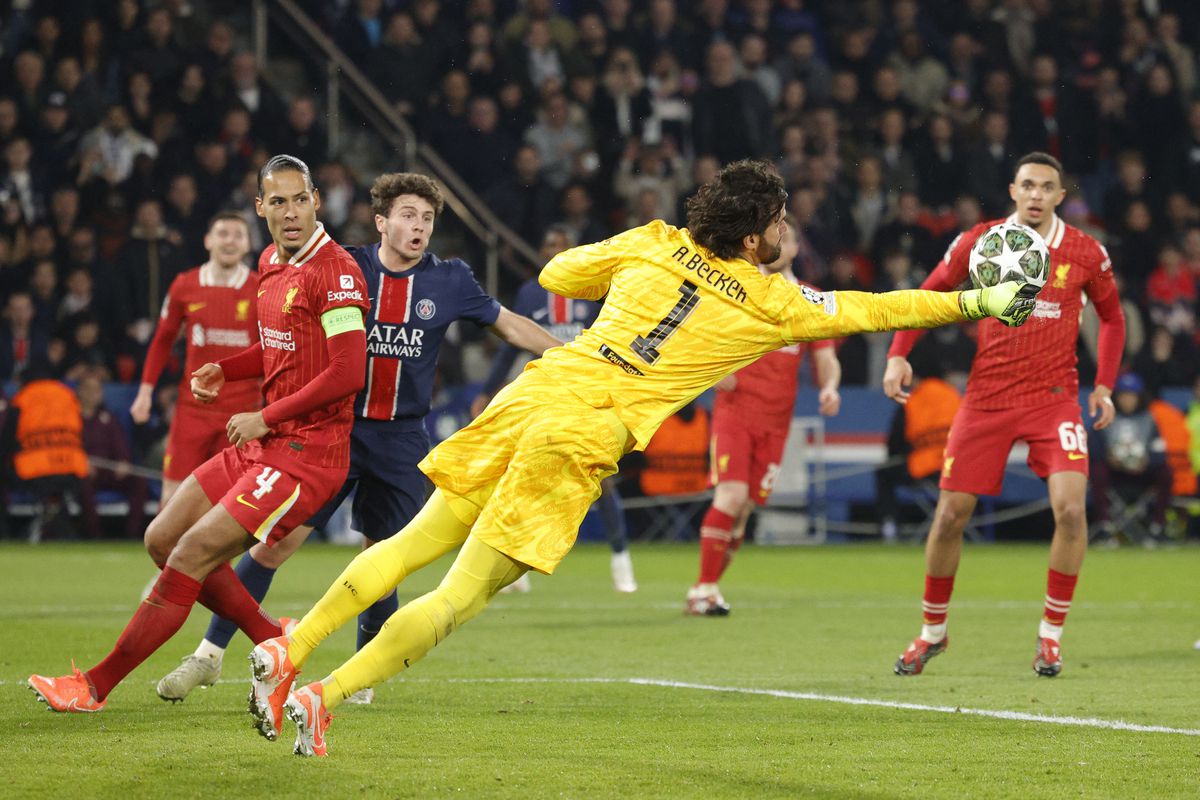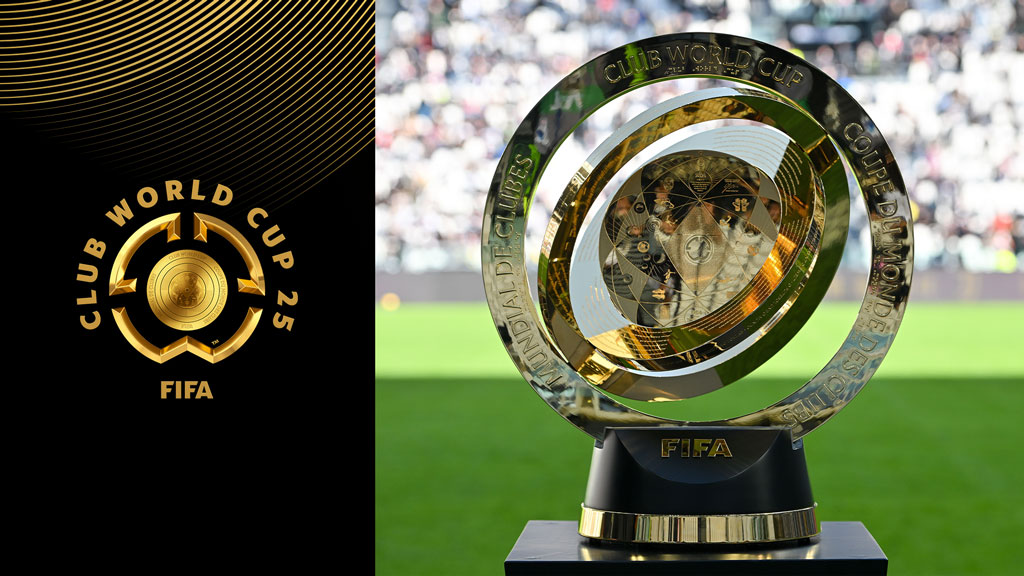
Comparative Analysis of Fan Traditions: From Italian Ultras to Japanese Drummers
Fan cultures around the world are as diverse as the sports they support, each with unique traditions and performances that significantly influence the atmosphere of matches. In Europe, the Italian ultras are renowned for their passionate and sometimes intense support. These groups are known for their elaborate choreographies, known as “tifos,” which transform stadiums into vibrant displays of color and emotion. The ultras’ dedication is evident in their unwavering support, often traveling across the country to cheer for their teams, creating an electrifying atmosphere that can intimidate opponents and inspire players.
Transitioning to Asia, Japanese fan culture offers a contrasting yet equally captivating experience. Japanese supporters are famous for their organized and rhythmic drumming, which provides a constant backdrop to matches. This tradition, deeply rooted in Japanese culture, emphasizes harmony and collective spirit. The drumming is not just noise; it is a carefully orchestrated performance that unites fans in a shared rhythm, creating a sense of community and belonging. This approach reflects the broader cultural values of discipline and unity, making the match experience in Japan unique and memorable.
In South America, the passion for football is almost a religion, with fans in countries like Brazil and Argentina known for their fervent support. In Brazil, the “torcidas organizadas” are fan groups that bring a carnival-like atmosphere to matches. Their use of samba drums, colorful banners, and constant singing creates a lively and festive environment. Similarly, in Argentina, the “hinchadas” are famous for their relentless chanting and vibrant displays of loyalty. The intensity of South American fans is unmatched, often turning stadiums into cauldrons of noise and emotion, which can be both exhilarating and overwhelming.
Moving to Africa, fan cultures are equally vibrant and diverse. In countries like Ghana and Nigeria, football matches are celebrated with music, dance, and traditional instruments. The use of vuvuzelas, a type of horn, became globally recognized during the 2010 FIFA World Cup in South Africa. These instruments, while controversial for their loudness, are a staple in African fan culture, symbolizing the joy and exuberance of the continent’s supporters. African fans are known for their creativity and spontaneity, often incorporating local cultural elements into their support, making each match a unique cultural celebration.
Despite the differences in traditions and performances, a common thread among these fan cultures is their profound impact on the atmosphere of matches. The energy and passion of fans can elevate the experience for players and spectators alike, turning a simple game into a spectacle of human emotion and cultural expression. Whether it’s the disciplined drumming of Japanese fans, the vibrant displays of Italian ultras, the carnival-like celebrations in South America, or the joyful exuberance of African supporters, each fan culture adds a distinct flavor to the world of sports.
In conclusion, the diverse fan cultures across the globe highlight the universal appeal of sports as a platform for cultural expression and community building. These traditions not only enhance the matchday experience but also reflect the rich tapestry of human culture, showcasing the power of sport to unite people from different backgrounds in a shared passion. As we continue to celebrate these unique fan cultures, we are reminded of the unifying power of sports and the enduring spirit of its supporters.

Global Fan Cultures: How Supporter Performances Shape Match Atmospheres
Fan cultures around the world are as diverse as the sports they support, each bringing unique traditions and performances that significantly shape the atmosphere of matches. From the passionate ultras of Italy to the rhythmic drummers of Japan, these fan groups create an environment that transcends the game itself, turning matches into vibrant spectacles.
In Italy, the ultras are renowned for their fervent support and elaborate displays. These groups, often associated with football clubs, are known for their choreographed chants, massive banners, and pyrotechnics. The Curva Sud of AC Milan and the Curva Nord of Inter Milan are iconic for their tifos—large, coordinated displays that cover entire sections of the stadium. These performances are not just about supporting the team; they are a form of art and expression, reflecting the deep cultural ties between the fans and their clubs. The intensity and passion of the ultras create an electrifying atmosphere that can intimidate opponents and inspire players.
Moving to Asia, Japanese fan culture offers a different yet equally captivating experience. Japanese supporters are known for their organized and respectful cheering, often involving synchronized drumming and chanting. In baseball, for instance, each player has a unique cheer song that fans perform when they come to bat. This level of organization and respect is a reflection of Japanese culture, where harmony and group cohesion are highly valued. The rhythmic drumming and coordinated chants create a lively yet orderly atmosphere, enhancing the overall experience for both players and spectators.
In Africa, fan culture is characterized by its vibrant and colorful displays. South African football fans, for example, are famous for their use of the vuvuzela, a long horn that produces a loud, distinctive sound. During the 2010 FIFA World Cup, the vuvuzela became a symbol of South African football, creating a buzzing atmosphere that was both unique and memorable. African fans often incorporate traditional music and dance into their support, bringing a sense of community and celebration to the matches. This cultural richness adds a layer of excitement and energy that is palpable in the stadium.
South America, particularly Brazil and Argentina, is home to some of the most passionate football fans in the world. In Argentina, the “hinchadas” are known for their relentless support, often singing and chanting for the entire duration of the match. The “Barras Bravas,” or hardcore fan groups, are central to this culture, leading the chants and creating an intimidating atmosphere for visiting teams. In Brazil, football is almost a religion, and the fans’ passion is evident in their samba-infused celebrations. The rhythmic beats and lively dances create a carnival-like atmosphere, making every match feel like a festival.
These diverse fan cultures not only enhance the atmosphere of matches but also reflect the cultural values and identities of their respective regions. The performances and traditions of fans around the world demonstrate the universal language of sport, where passion and support transcend borders. Whether through the artistic displays of Italian ultras, the rhythmic drumming of Japanese fans, the vibrant celebrations of African supporters, or the passionate chants of South American hinchadas, fan cultures play a crucial role in shaping the global sports experience.
Exploring Fan Traditions Across Continents: Africa, Asia, Europe, and South America
Fan cultures around the world are as diverse as the sports they support, each bringing unique traditions and performances that significantly influence the atmosphere of matches. From the passionate ultras of Italy to the rhythmic drummers of Japan, these fan groups create an environment that transcends the game itself, turning sporting events into cultural spectacles.
In Europe, particularly in Italy, the ultras are renowned for their fervent support and elaborate displays. These groups are characterized by their choreographed chants, vibrant banners, and pyrotechnic shows. The ultras’ dedication is not just about supporting their team but also about asserting their identity and presence. For instance, during a Serie A match, the Curva Sud of AC Milan or the Curva Nord of Inter Milan becomes a sea of colors and sounds, creating an intimidating yet exhilarating atmosphere for both players and spectators. This tradition of passionate support is mirrored in other parts of Europe, such as in Germany, where fans of Borussia Dortmund fill the Westfalenstadion with their famous “Yellow Wall,” a massive, coordinated display of yellow and black that energizes the entire stadium.
Transitioning to Asia, Japan offers a different yet equally captivating fan culture. Japanese fans are known for their organized and respectful support, often involving synchronized drumming and chanting. This creates a rhythmic and harmonious atmosphere that reflects the cultural emphasis on unity and respect. During J-League matches, fans of teams like Urawa Red Diamonds or Kashima Antlers can be seen performing intricate routines that involve not just singing but also waving flags and banners in perfect unison. This disciplined approach to fandom not only enhances the match experience but also showcases the cultural values of precision and harmony.
In Africa, fan traditions are deeply rooted in the continent’s rich cultural heritage. South African fans, for example, are famous for their use of the vuvuzela, a long horn that produces a loud, distinctive sound. This instrument became globally recognized during the 2010 FIFA World Cup held in South Africa, where the constant buzz of vuvuzelas became synonymous with the tournament. The use of traditional music and dance is also prevalent, with fans often engaging in spontaneous performances that reflect the vibrant and diverse cultures of the continent. These elements combine to create an electrifying atmosphere that is both welcoming and exhilarating.
Moving to South America, the passion for football is almost a religion, with fans displaying an unparalleled level of devotion. In countries like Argentina and Brazil, the stadiums are often filled with the sounds of drums, trumpets, and chants that echo throughout the match. The “hinchadas” or fan groups are known for their elaborate tifos and relentless support, regardless of the scoreline. For instance, Boca Juniors’ La Bombonera is famous for its intense atmosphere, where the fans’ energy seems to make the stadium vibrate. This fervor is not just about supporting the team but also about expressing cultural identity and community pride.
In conclusion, fan cultures around the world offer a fascinating glimpse into how sports can unite people through shared traditions and performances. Whether it’s the choreographed displays of European ultras, the rhythmic drumming of Japanese fans, the vibrant sounds of African supporters, or the passionate chants of South American hinchadas, each tradition adds a unique flavor to the sporting experience. These diverse fan cultures not only enhance the atmosphere of matches but also reflect the rich tapestry of global cultural expressions.








